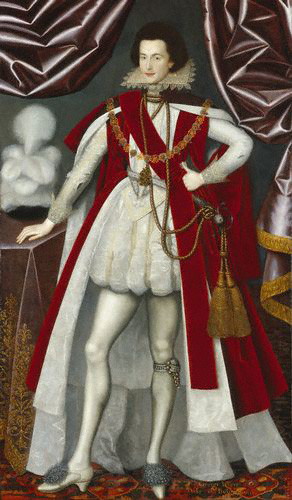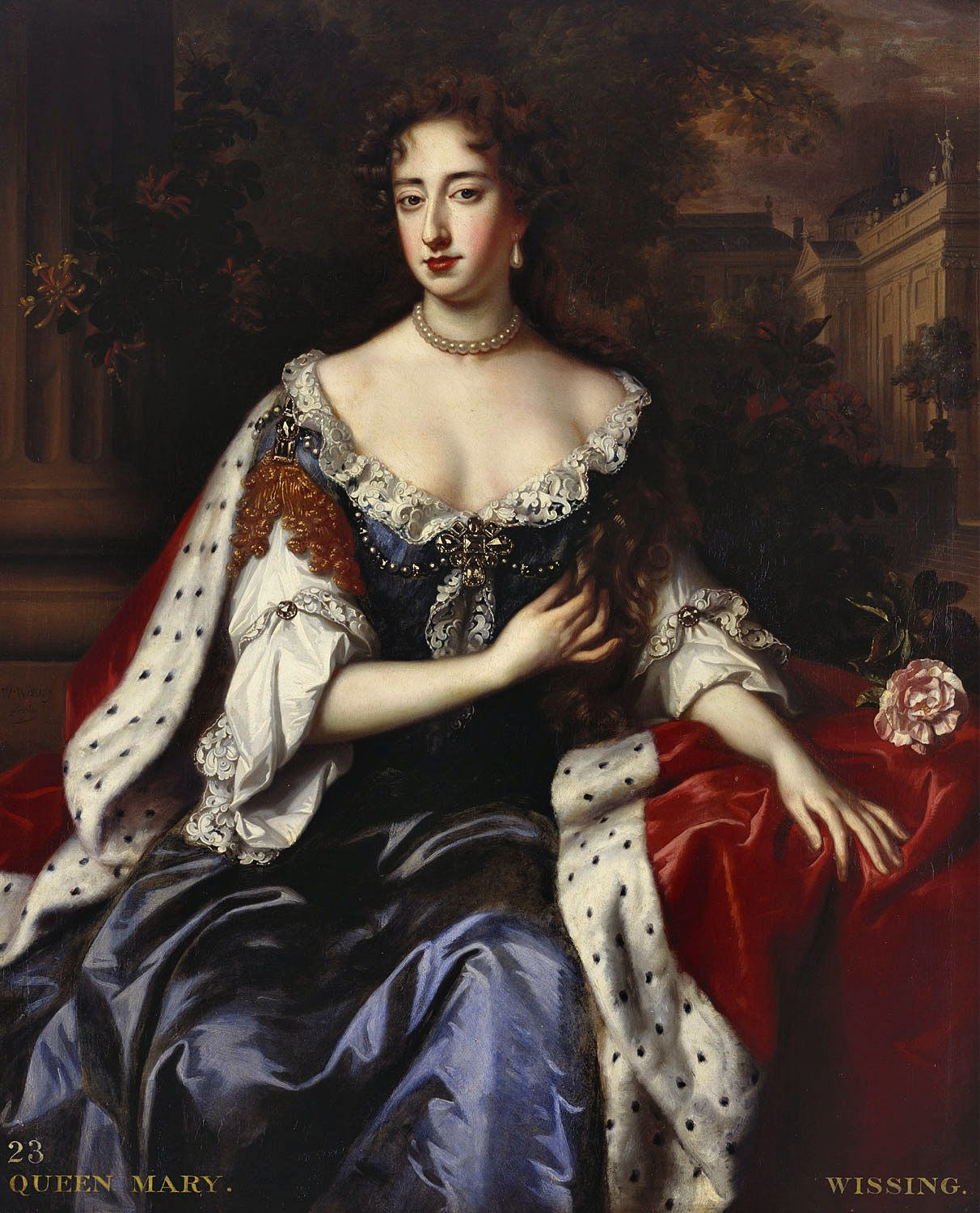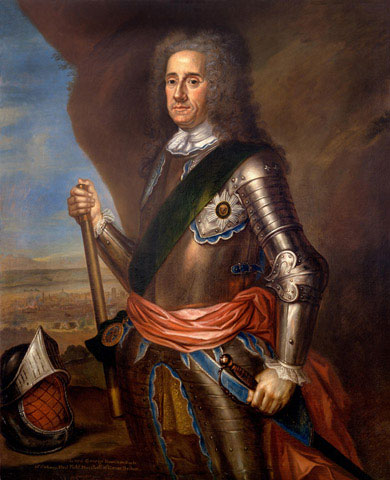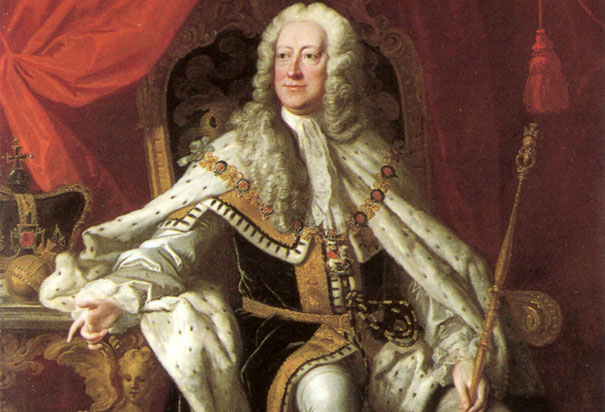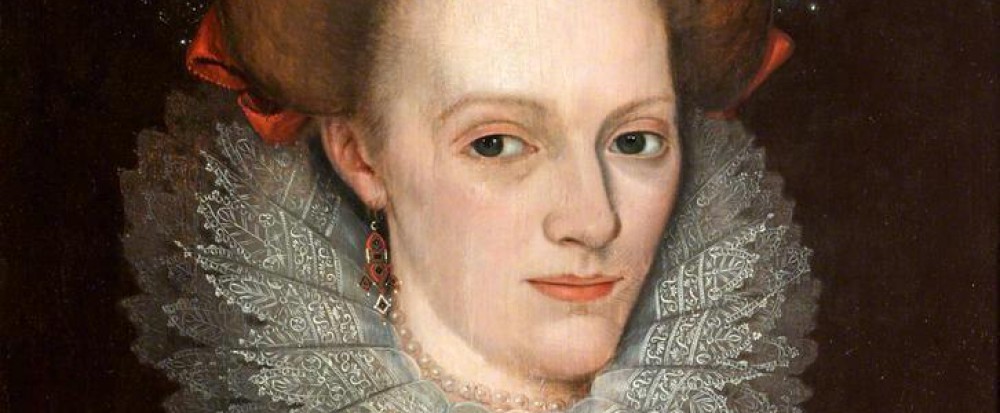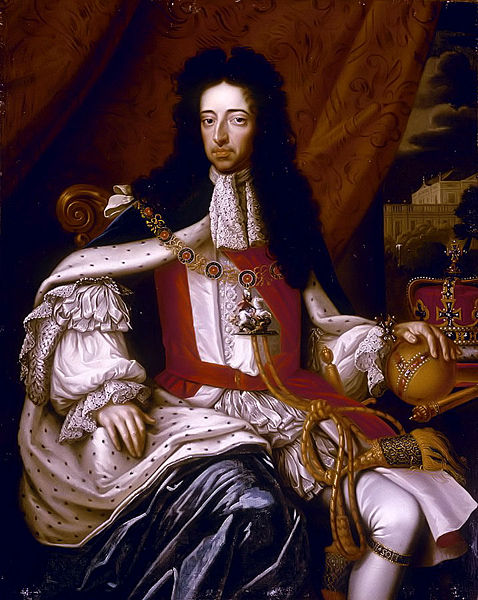
William III is probably the last person one might expect to have a mistress. In fact it has been suggested he was probably more inclined to take a male favourite than a female one, but those Villiers gals were darned determined.
The Villiers parents Sir Edward and Lady Frances had been entrusted by Charles II with the upbringing of his nieces Mary and Anne, daughters of his Catholic brother James, Duke of York. Like his brother Charles had also wrestled with his religious beliefs but knowing full well his kingdom would not tolerate a Catholic monarch, Charles did what was necessary. He always knew how far he could trust his luck in both his public and personal life. James was a less compromising character – perhaps he had inherited a stronger dose of his father’s autocratic attitude and his mother’s religious fervour.
From George Duke of Buckingham’s friendship with James I to Charles’s mistress Barbara Castlemaine, the Villiers family had always been on hand to support the Royal cause. Unluckily when it came to Charles’s brother James the Villiers chose the Protestant candidate Prince William, Charles and James’s nephew.
But ahead of the grand upheaval and the Glorious Revolution Princess Mary was betrothed to her cousin William – and she wasn’t happy. Apparently on receiving the news she cried all day and through the night. The wedding took place in Mary’s apartments at St James’s Palace on November 4 1677; Mary was 17, her husband ten years older. The heartbroken Princess left for her new life at The Hague on November 28 – but at least she had her Villiers playmates, sisters Elizabeth, Anne and Katherine, travelling with her.
After such an inauspicious start the marriage proved to be a happy one and when William took a mistress he was discretion itself, apart from his choice of candidate. Unlike her cousin Barbara Castlemaine, Elizabeth was no beauty; a plain girl nicknamed Squinting Betty on account of a cast in one eye. But like her sisters she was intelligent, witty and had a generous helping of good old fashioned Villiers ambition.
Like the average Royal mistress, Elizabeth did her fair share of political meddling, but she was a shrewd cookie, keeping her friends close and her enemies closer
It has been suggested that there was probably very little hanky panky in this most circumspect of Royal affairs but eventually news was leaked by members of the Orange household to Bevil Skelton, James’s ambassador, who was keen to upset the William and Mary marriage applecart.
Elizabeth was subsequently expelled from the royal household. However the couple’s relationship, based on friendship and intellectual compatibility continued until Mary’s death in 1694 when pressure was brought to bear on the King to break all contact with Elizabeth.
On November 25, 1695 Elizabeth married George Hamilton, Brigadier General of the Royal Scots, who was rapidly created Earl of Orkney, Viscount Kirkwall and Lord Dechmont and appointed Governor of Virginia, a lucrative appointment where he installed a deputy to attend to business so that he never need see the place.
Their marriage was apparently a happy one producing three daughters, Anne, Frances and Henrietta. And like her promiscuous cousin Barbara who wrote to Charles in high dudgeon when her two daughters misbehaved, Elizabeth took exception to her daughter Henrietta’s father in law Charles Boyle, 4th Earl of Orrey and his mistress – a good old fashioned case of pot calling the kettle black.
Elizabeth continued to remain at the centre of royal activities and entertained both George I and George II at her country seat of Cliveden, Buckinghamshire, a 160 acre estate acquired by her kinsman George Villiers, 2nd Duke of Buckingham in 1666.
In 1727 she was present at the coronation of George II. By then aged 70 she was still the subject of derisory comments. Mary Wortley Montague, fellow aristocrat and rapacious letter writer, described her as a ‘mixture of fat and wrinkes’ with a ‘considerable pair of bubbys a good deal withered, a great belly that preceded her.’ She writes of ‘the inimitable roll of her eyes, and her grey hair which by good fortune stood directly upright.’
Elizabeth died on April 19, 1733 at her home in Albemarle Street, London and was buried at Taplow, Buckinghamshire.
